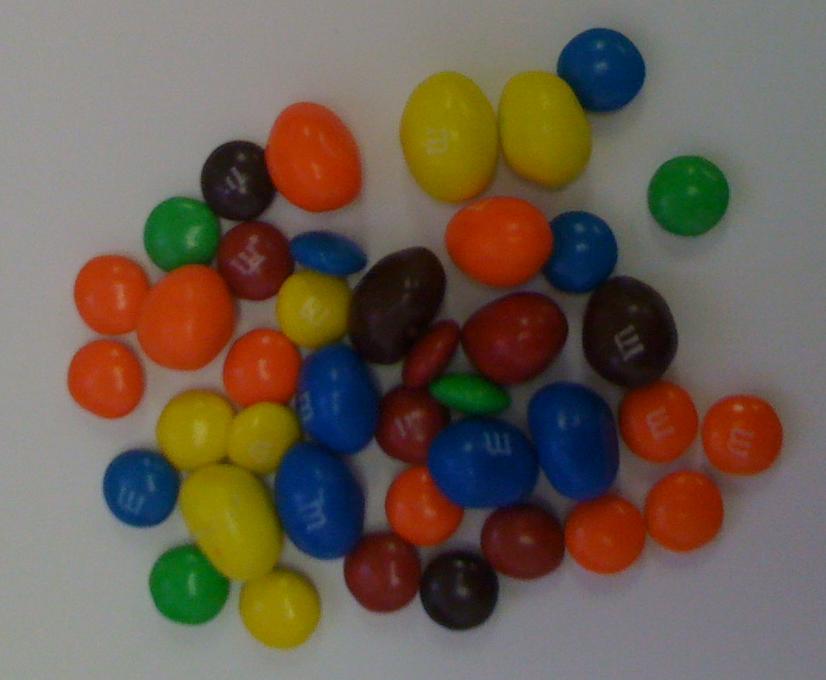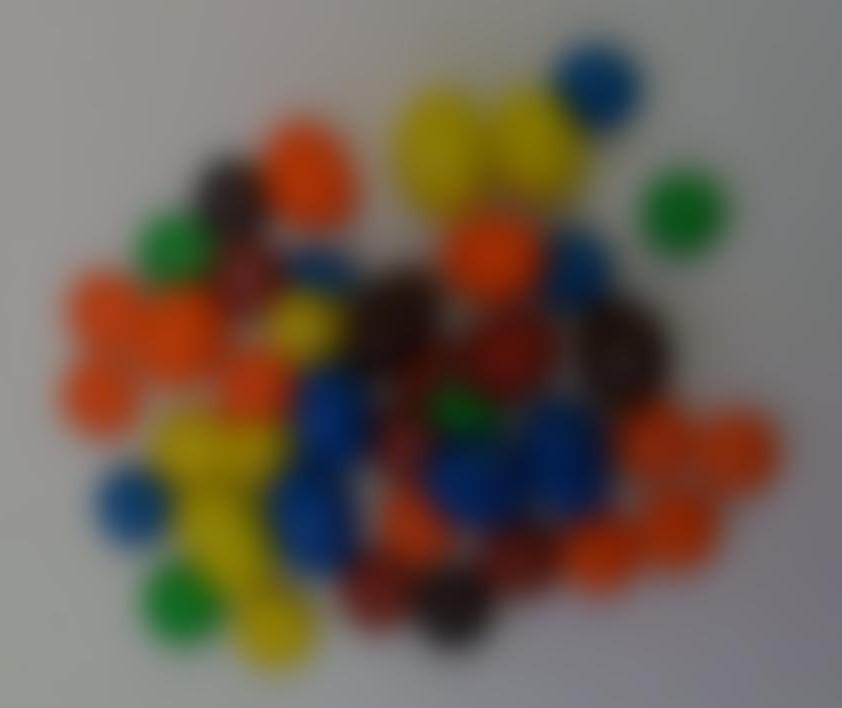Gutermuth color selection
Introduction
Spitzer is so sensitive that with just a few seconds of integration, you can easily see background galaxies. Many of those background galaxies are forming stars, so they have similar colors to individual young stars. Because Spitzer's spatial resolution is not very high, some of the things that Spitzer sees as point sources are actually knots of ISM. We need a good automatic way of weeding out the obvious contaminants to create a short list of sources that might actually be young stars.
No color cuts can perform this task flawlessly, though many have been discussed in the literature in the context of Spitzer observations (e.g., Allen et al. 2004, Padgett et al. 2008b, Rebull et al. 2007, Harvey et al. 2007, Gutermuth et al. 2008, 2009, Rebull et al. 2010, 2011).
Right after Spitzer started, there were some simple color cuts implemented to try and find these objects. There are some examples on the Color-Magnitude and Color-Color plots page.
By 2008-2009, the community had started to recognize that this was actually a more complex problem, requiring cuts in more than one space at a time. The basic approach of Gutermuth et al. (see Gutermuth et al. 2009, Appendix A is the easiest way to impose a series of cuts to get a first guess at a list of young stars. Here we now discuss these cuts in more detail.
Example of this concept using more familiar things
Sometimes, it is hard to understand what is going on during this process when you think about abstract things like distant stars or infrared colors. Let's try this with more familiar objects.
Find me the blue peanut M&Ms here:

How are you going to do this? You can’t touch (or taste) them; they're too far away. Could you use their (apparent) size? But what if your camera isn’t high enough spatial resolution? And what if one of the peanut ones has a small peanut, or is edge-on (to be compared with a face-on plain one)?
How are you going to do this? You could use their colors. Look at these various views of this same pile of M&Ms. Notice how the different colors look different in the different filters. Remember that your camera really sees the blurry view.
